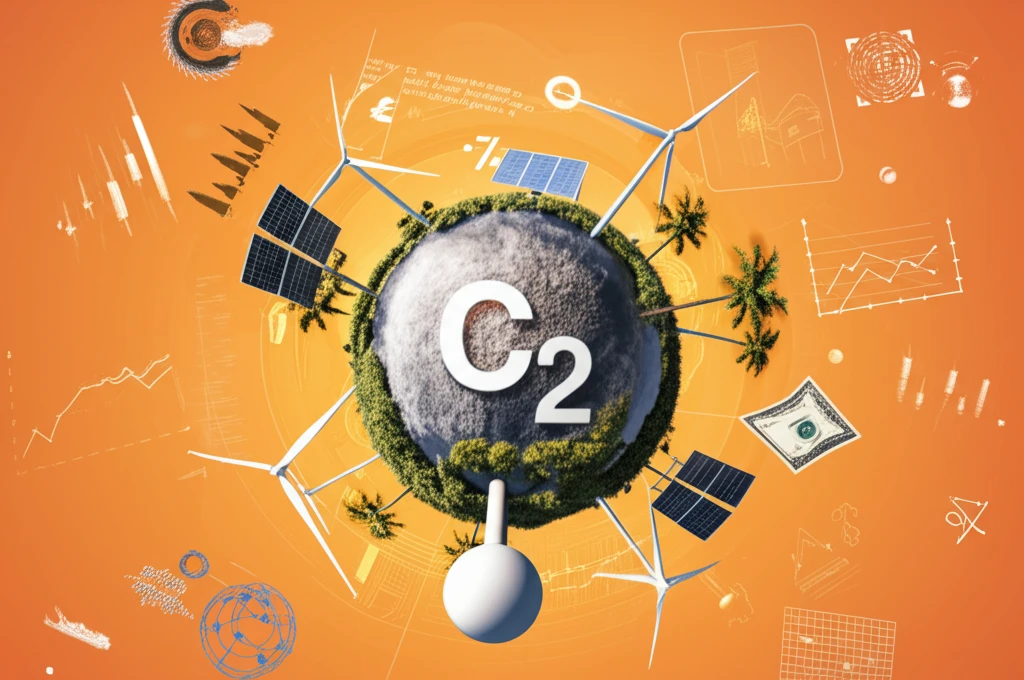
The Climate Crossroads: How Tourism, Finance, and Energy Policies Impact Carbon Emissions
"Navigating the complex relationships between tourism, financial development, and energy consumption to understand and mitigate carbon emissions for a sustainable future."
In today's interconnected world, understanding the dynamics between economic activities and their environmental impact is crucial. Among these activities, tourism, financial development, and energy consumption stand out as significant drivers. Each plays a vital role in shaping carbon emissions, demanding a closer look at their relationships.
Tourism, often celebrated for its economic benefits, has a hidden side. The industry's reliance on transportation, accommodations, and various tourist activities contributes substantially to energy consumption and, consequently, carbon emissions. Meanwhile, financial development, while fostering economic growth, can inadvertently boost energy consumption, further complicating the equation. Financial incentives often drive the investment to construct infrastructures to serve and accommodate the demand of energy sector.
This article will delve into the complexities of these relationships, analyzing how they interact to influence carbon emissions. By examining research findings and real-world examples, we aim to provide insights for policymakers, businesses, and individuals striving to promote sustainable practices and mitigate the environmental impact of economic activities.
Unpacking the Carbon Footprint: How Do Tourism, Finance, and Energy Intertwine?

The relationship between economic growth and various factors like energy consumption and financial development is frequently analyzed. Most studies consider financial development and energy consumption as fundamental elements that influence economic activity and, by extension, carbon emissions. This examination leads to a crucial question: How do these factors interact, and what are the implications for environmental sustainability?
- Energy Consumption: A primary driver of carbon emissions, influenced by economic activity and tourism.
- Financial Development: Can mitigate carbon emissions by promoting cleaner technologies and sustainable practices.
- Tourism: While contributing to emissions through transportation and infrastructure, it can also incentivize environmental conservation.
Charting a Sustainable Path Forward: Balancing Economic Growth with Environmental Responsibility
In conclusion, the intricate relationships between tourism, financial development, and energy consumption underscore the complexity of addressing carbon emissions. While tourism and financial development can drive economic growth, they also carry the potential to exacerbate environmental challenges through increased energy demand. To forge a sustainable path forward, policymakers, businesses, and individuals must embrace innovative strategies that prioritize environmental responsibility alongside economic progress. By fostering a holistic approach that integrates sustainable practices into every facet of these interconnected sectors, we can mitigate the environmental impact of economic activities and create a more sustainable future for all.
